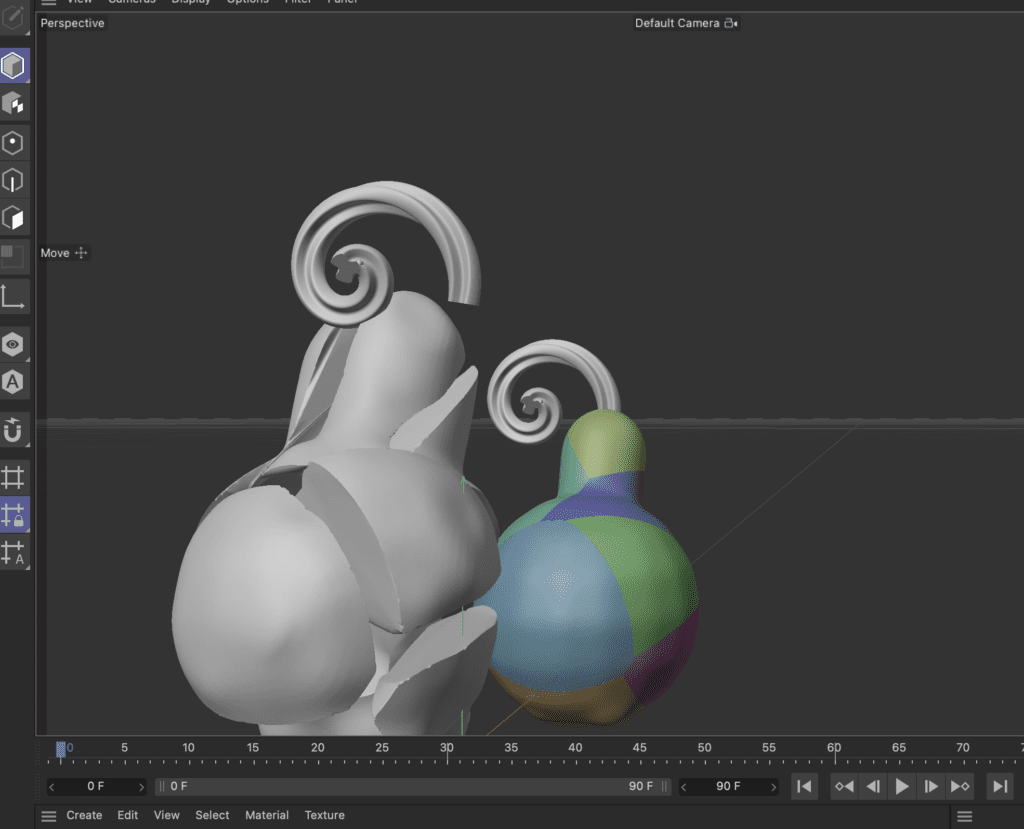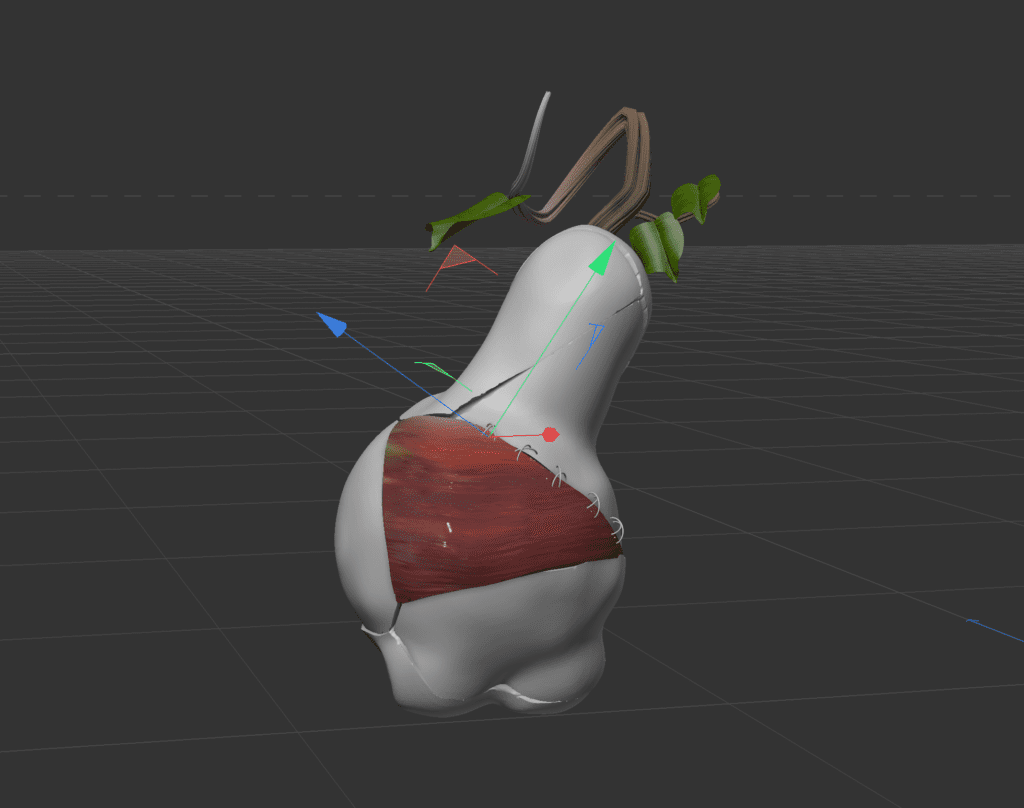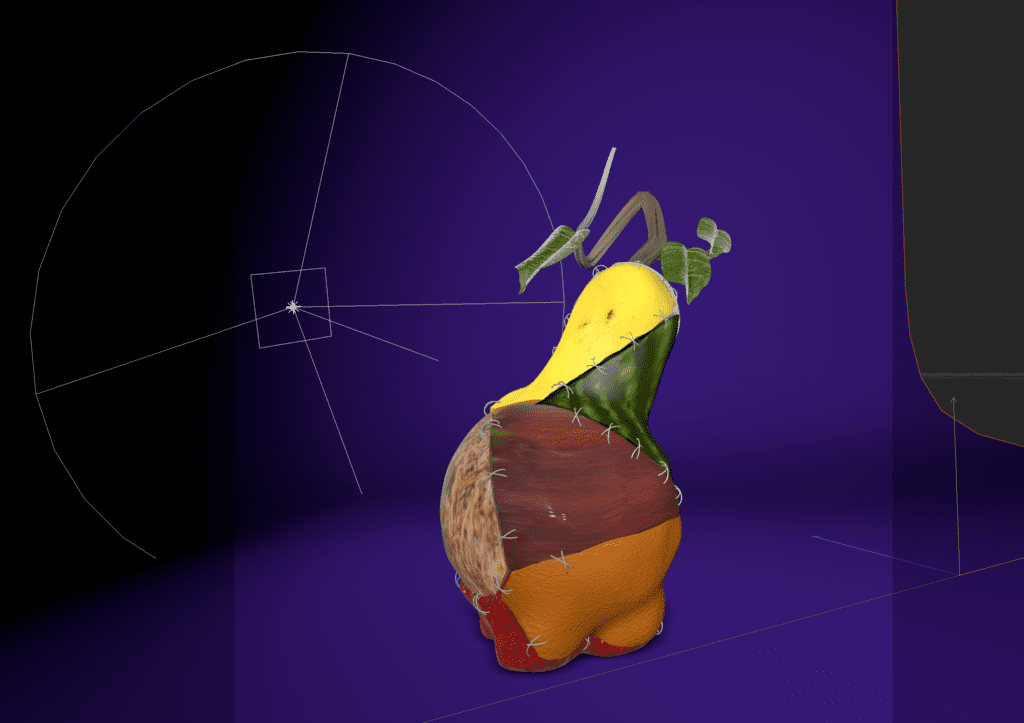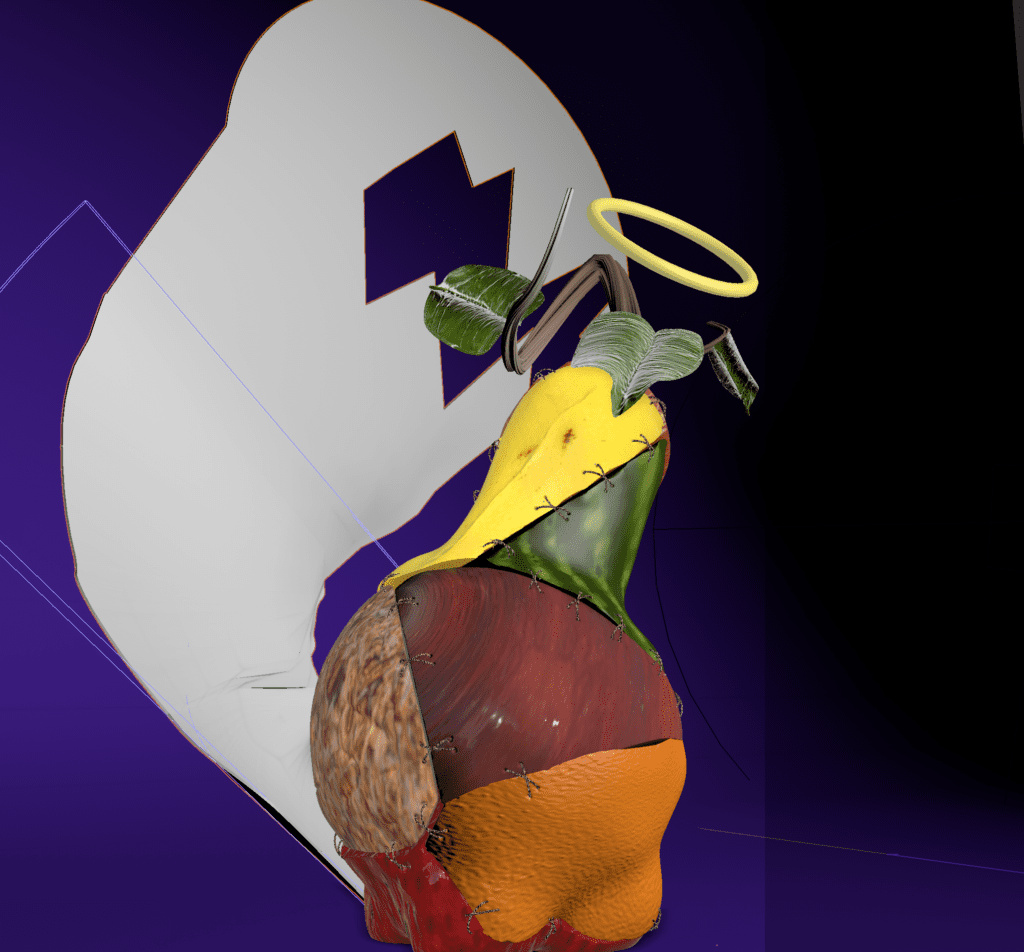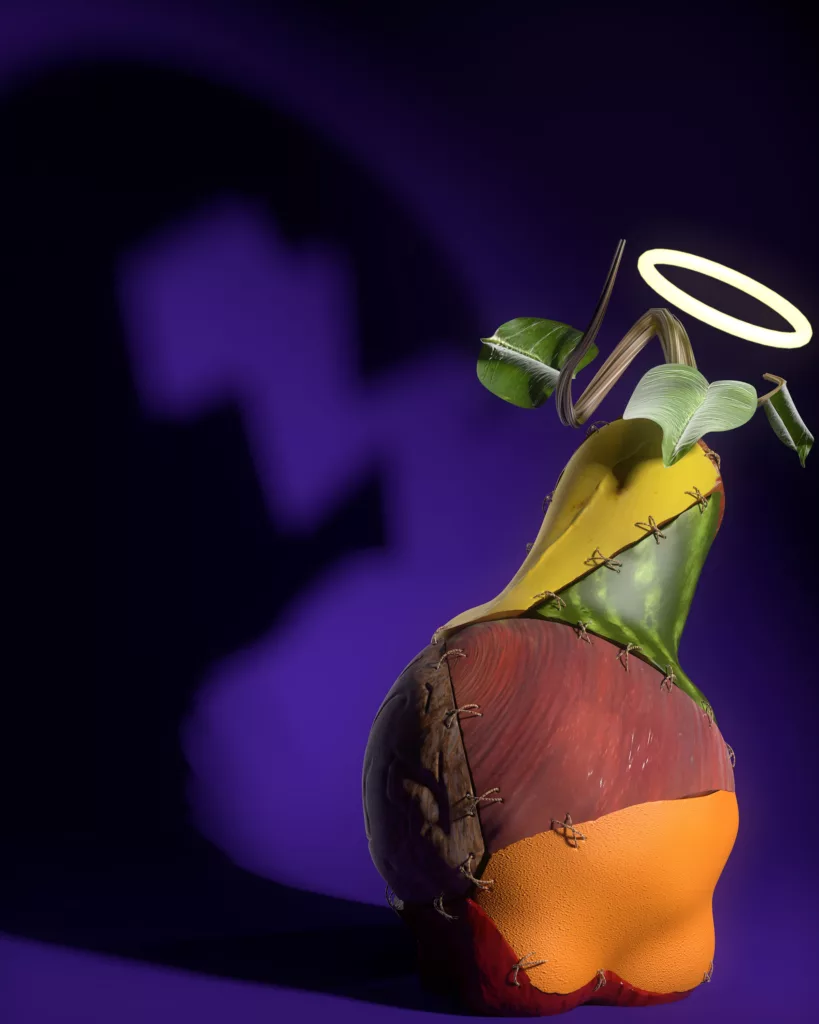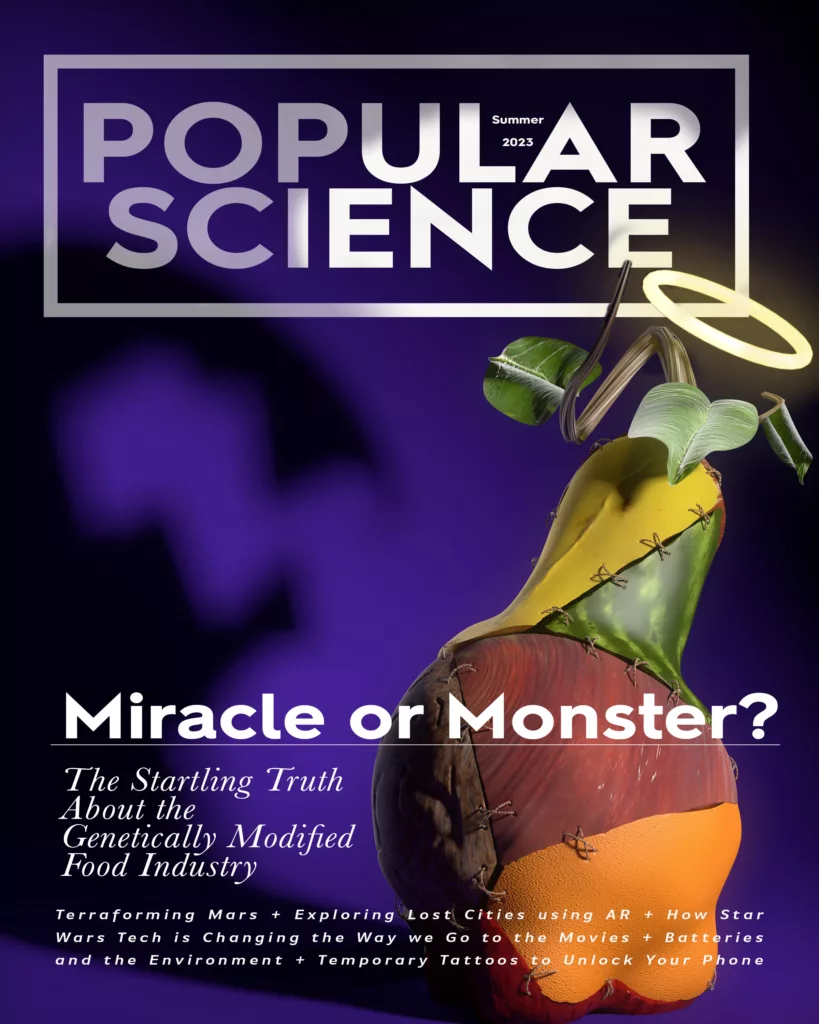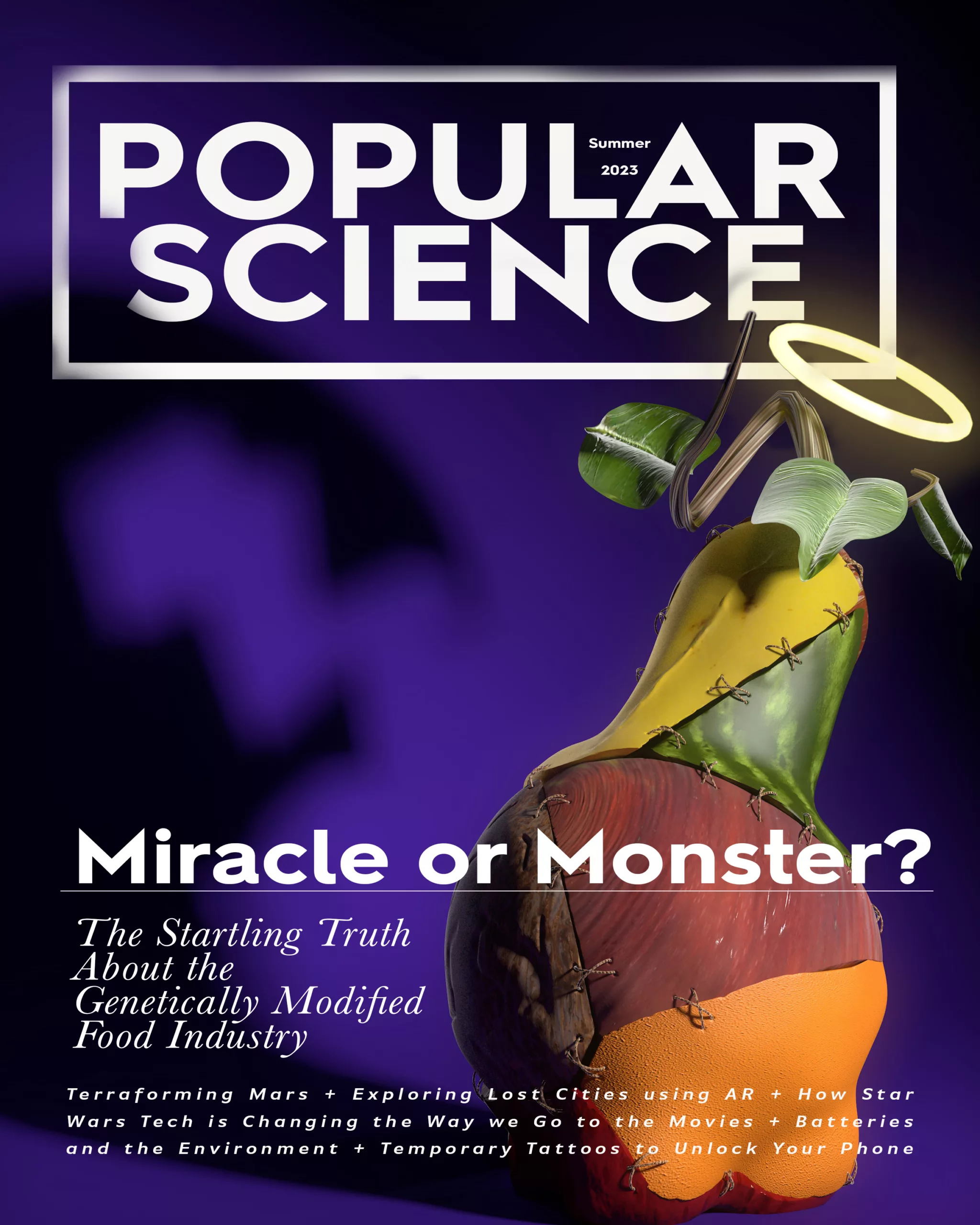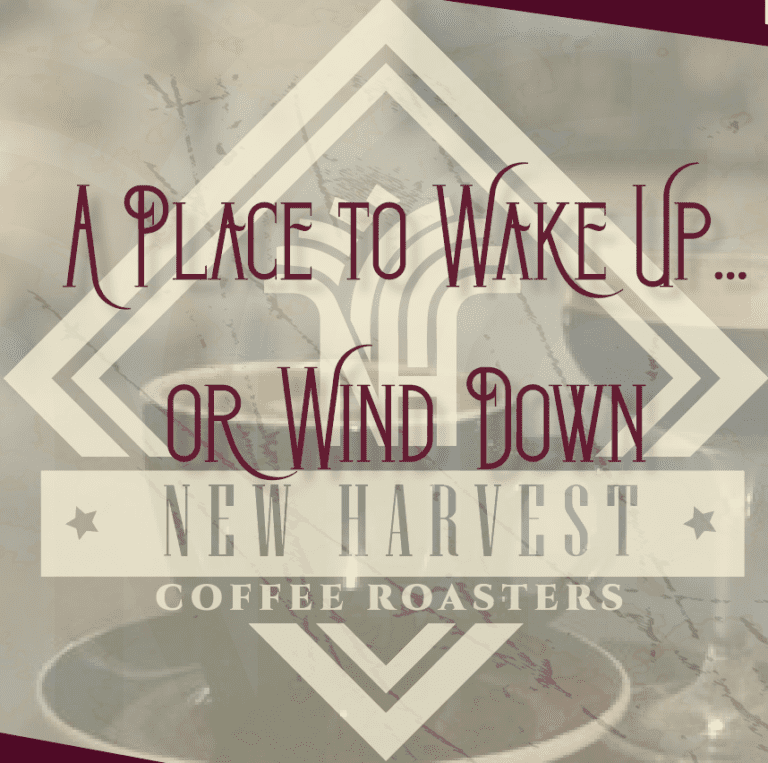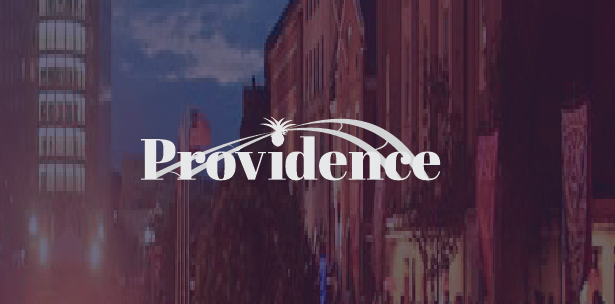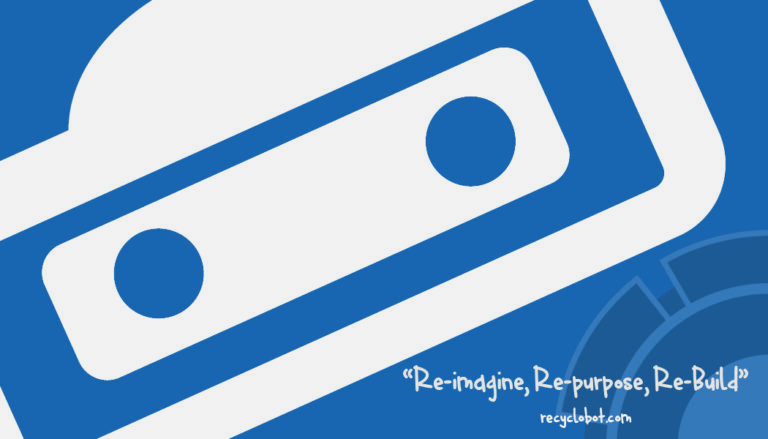Magazine Cover Design
Creating a 3D Rendering for a Science Magazine
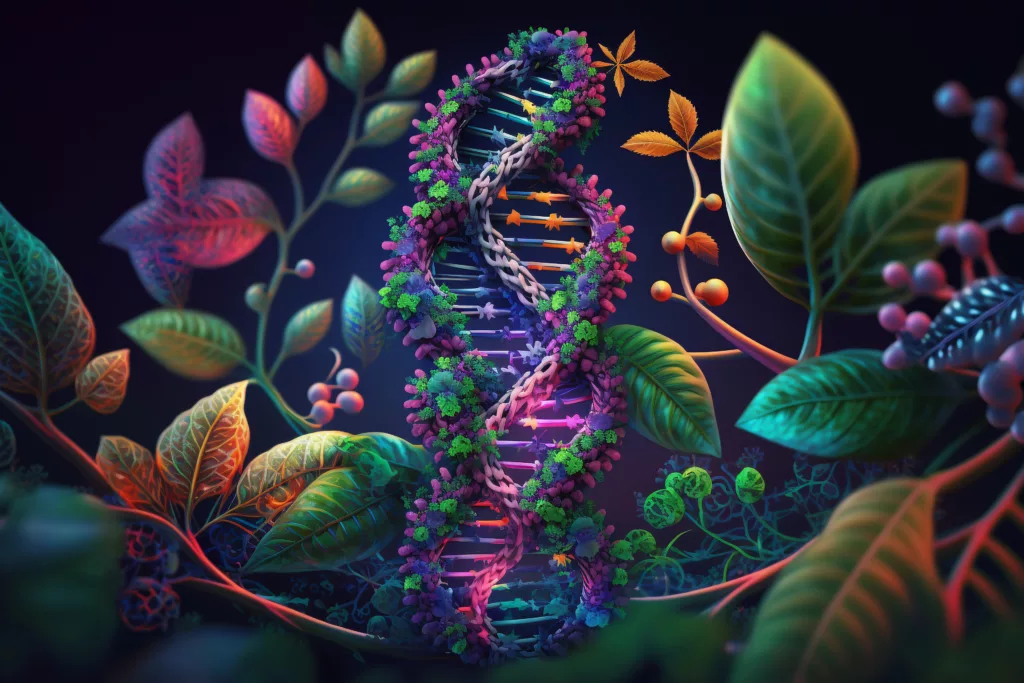
The Client
For this project, we were tasked with creating a 3d rendering of a concept of our choice for a magazine cover. The Concept that I chose was Genetically Modified foods (GM foods), and the magazine I chose to feature my article in was Popular Science. Popular Science is a magazine that has been around since 1872. as the name implies, they are known for publishing popular science content. They have won over 58 awards for journalistic excellence, and is translated into 30 plus languages and distributed in 45 countries. The target persona of the magazine is a 45 year old male, $74,361 annual income, college educated, with a science or tech background according to their media kit. They were primarily a print magazine until recently, and have gone completely digital. One of the problems they face is staying relevant with all of the other similar content that has flooded the market. In the 1950s they were know for their eye catching cover graphics, but in this digital age it is easy to get lost.



The Challenge
The challenge presented by this particular client was to produce imagery relating to the GM food industry, and the debate surrounding it. They wanted something visually stunning that would grab a reader’s attention, and promote interest in the area of GM foods. As mentioned before, the company has gone 100% digital, and no longer has the advantage of people seeing their magazine as they checkout at the grocery store. The task was to produce imagery that would stand out and be recognized not only to promote interest in GM foods, but also to remind reader’s that they are still relevant. One of the main challenges in this process is that the truth of what GM foods are and could potentially bring, both good and bad, has yet to be fully realized.


The Solution
As with most things on the internet, the solution started with properly optimizing the cover so that it would be among the top results when a potential client used a certain search engine. SEO is crucial not only to business landing pages, but also for advertising your individual products or skill sets. The next phase was to come up with a visual that would be an attention grabber. For the topic of GM foods it was decided to represent the subject matter as how misinformation has lead to a negative public view. The idea was to create a food that had a resemblance to Frankenstien’s monster. As this topic effects all consumers and the big name brands that produce the products being consumed, the idea was to play to the public misconception to lure them in rather than try to placate the big brands. This is because the consumer is also the target demographics for these big brands, and by educating the consumer it works out for the benefit of all.
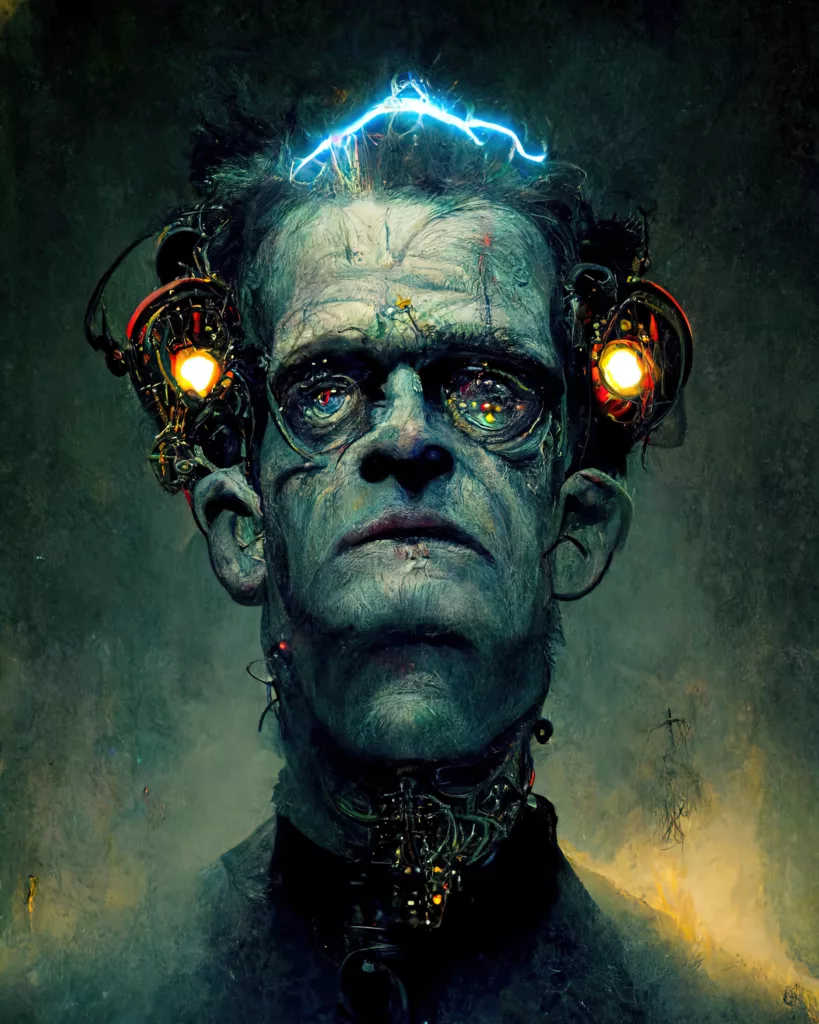
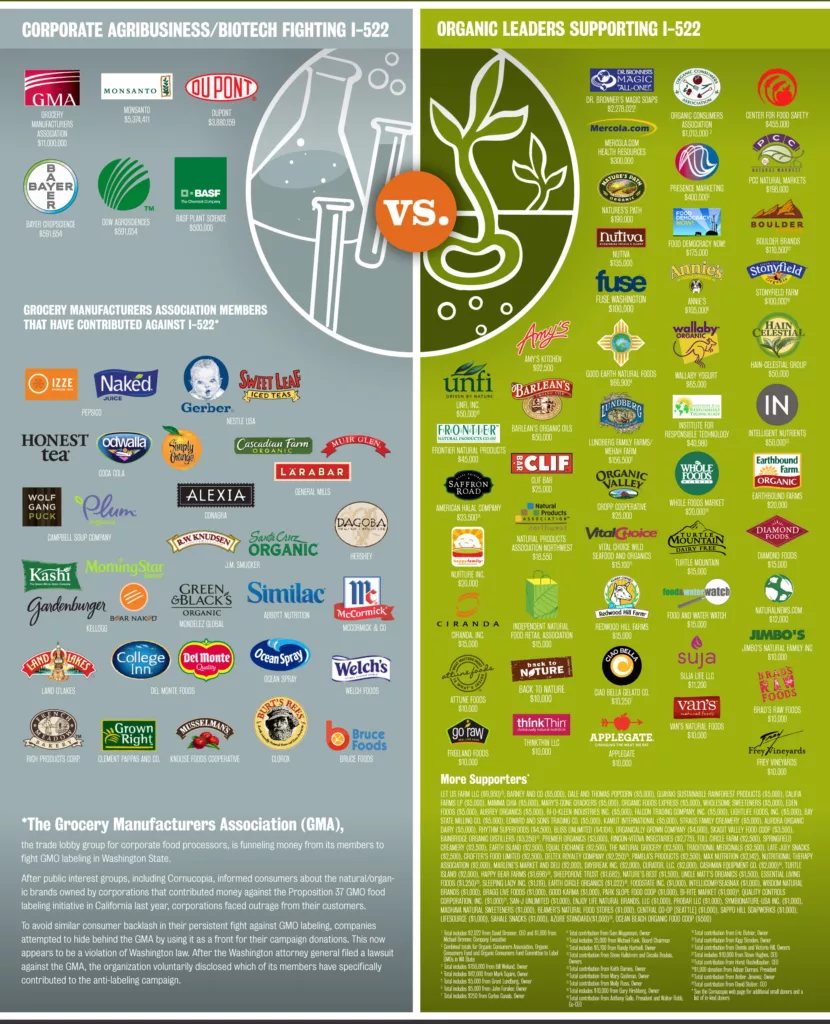
The Result
The result was an upturn in subscriptions for the company, both on the end of corporate subscriptions, as well as, from the everyday consumer.
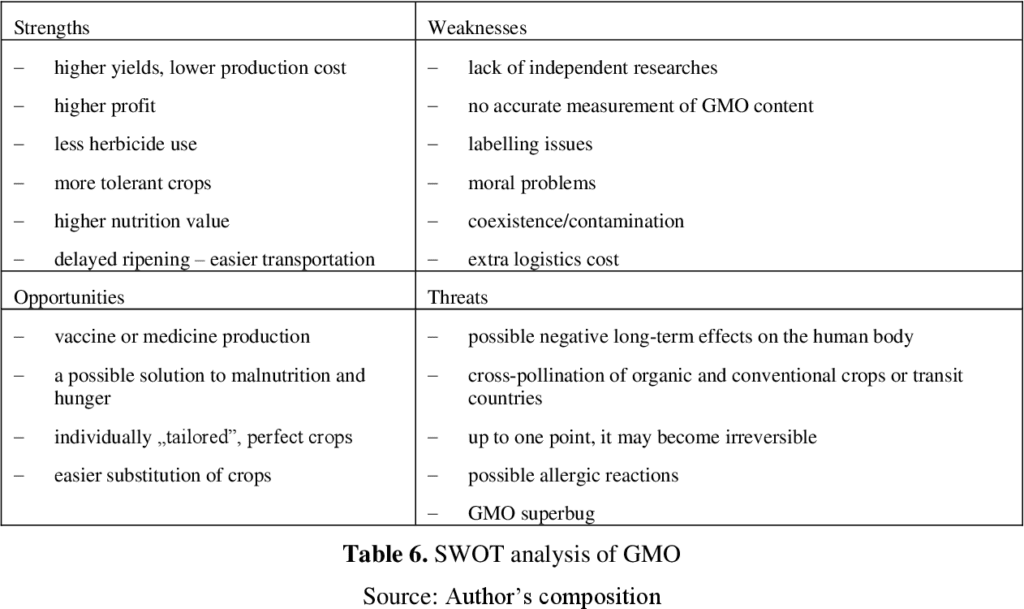
Critical Stimulus
By performing due diligence on the topic of GM foods, I was able to have a better understanding of the product and where to target my design. After doing a SWOT analysis, it was clear that many of the negative aspects of GM foods were prevalent among the consumer. In addition to the SWOT analysis, research was conducted into the truth of what these foods actually are, and the process made to create them. A deeper understanding was achieved, and I learned that his process, in one form or another, has been around for 1000’s of years.

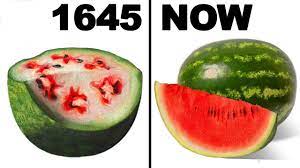
Sketches
These are the preliminary sketches that I used to create the final rendering.
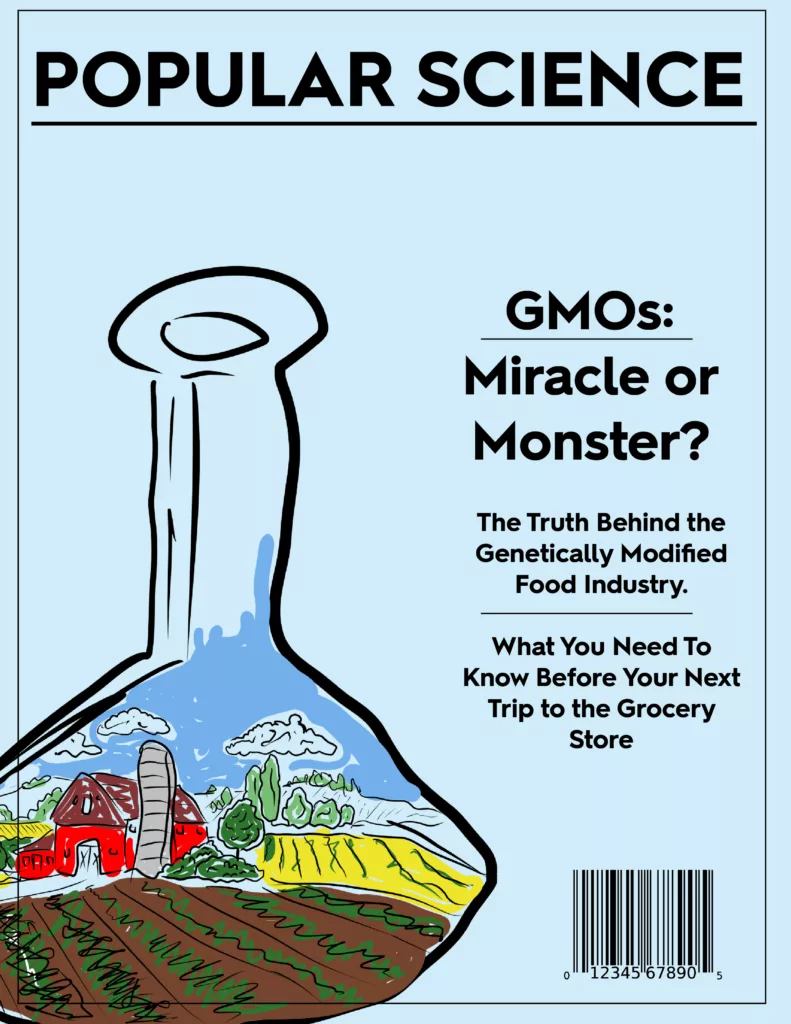
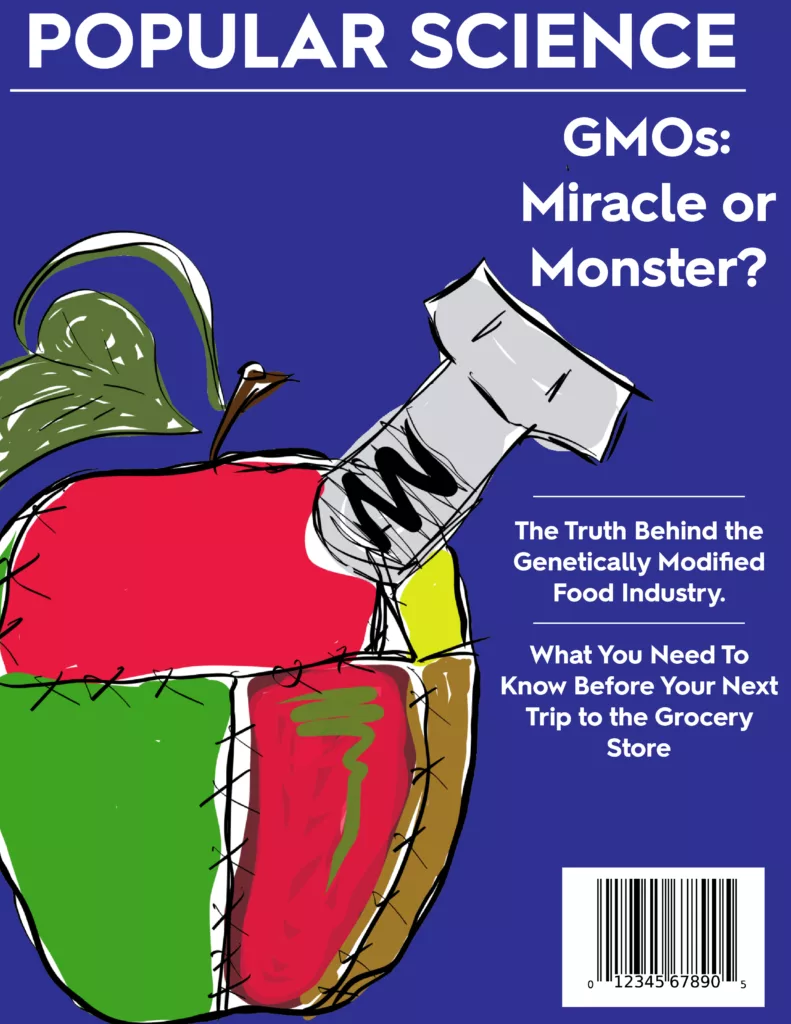
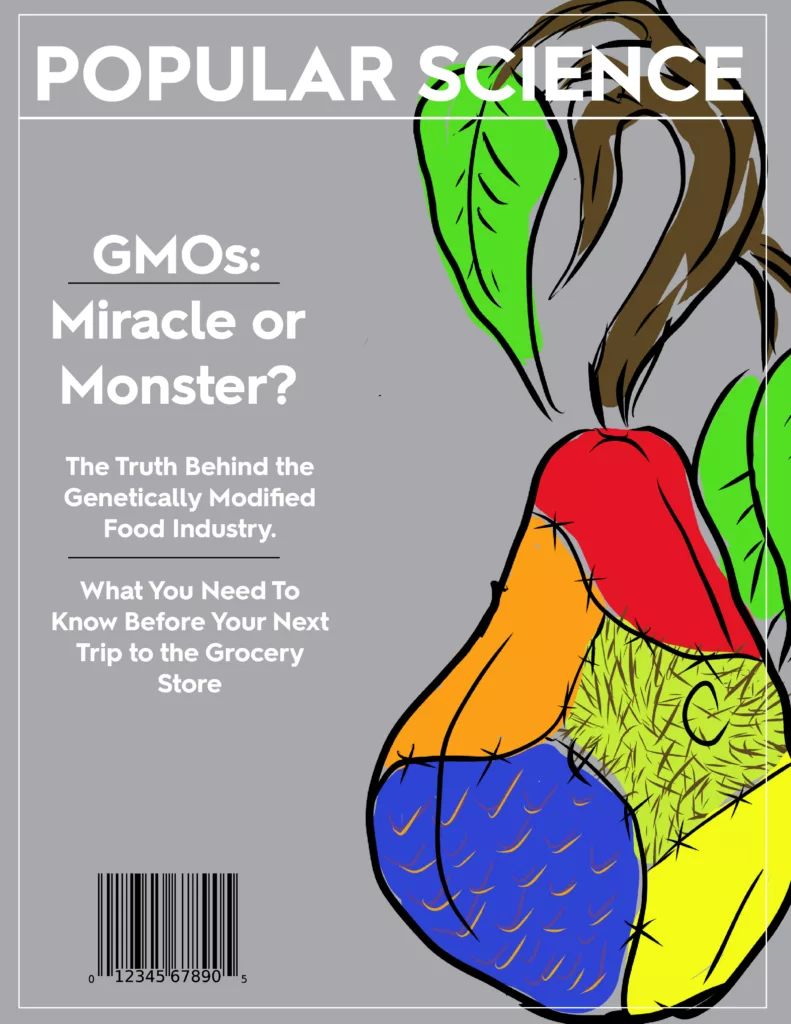
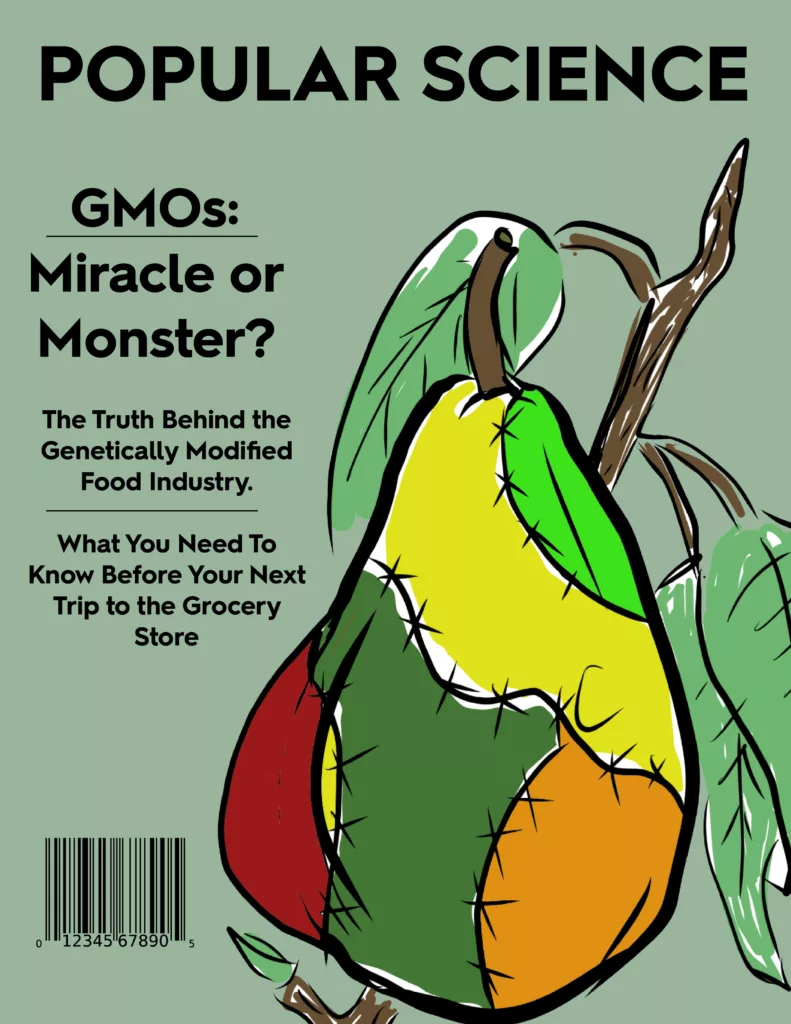
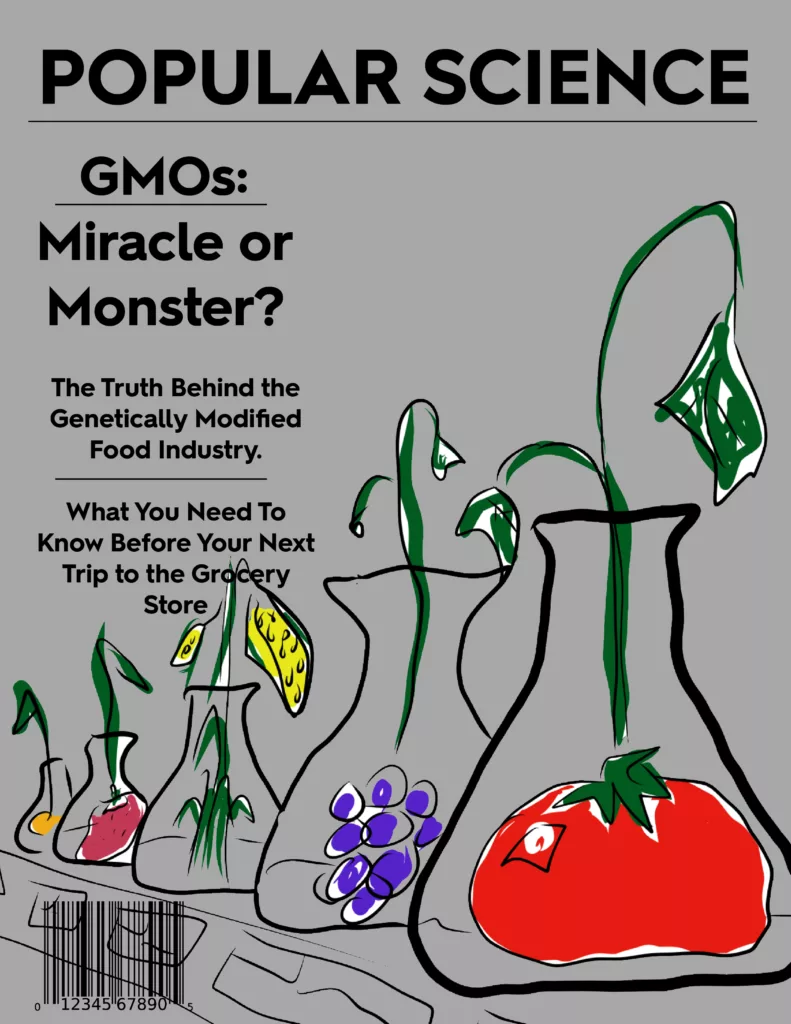
Digital Asset
This is the the concept being developed in Cinema 4d. These are the steps from beginning to end.
